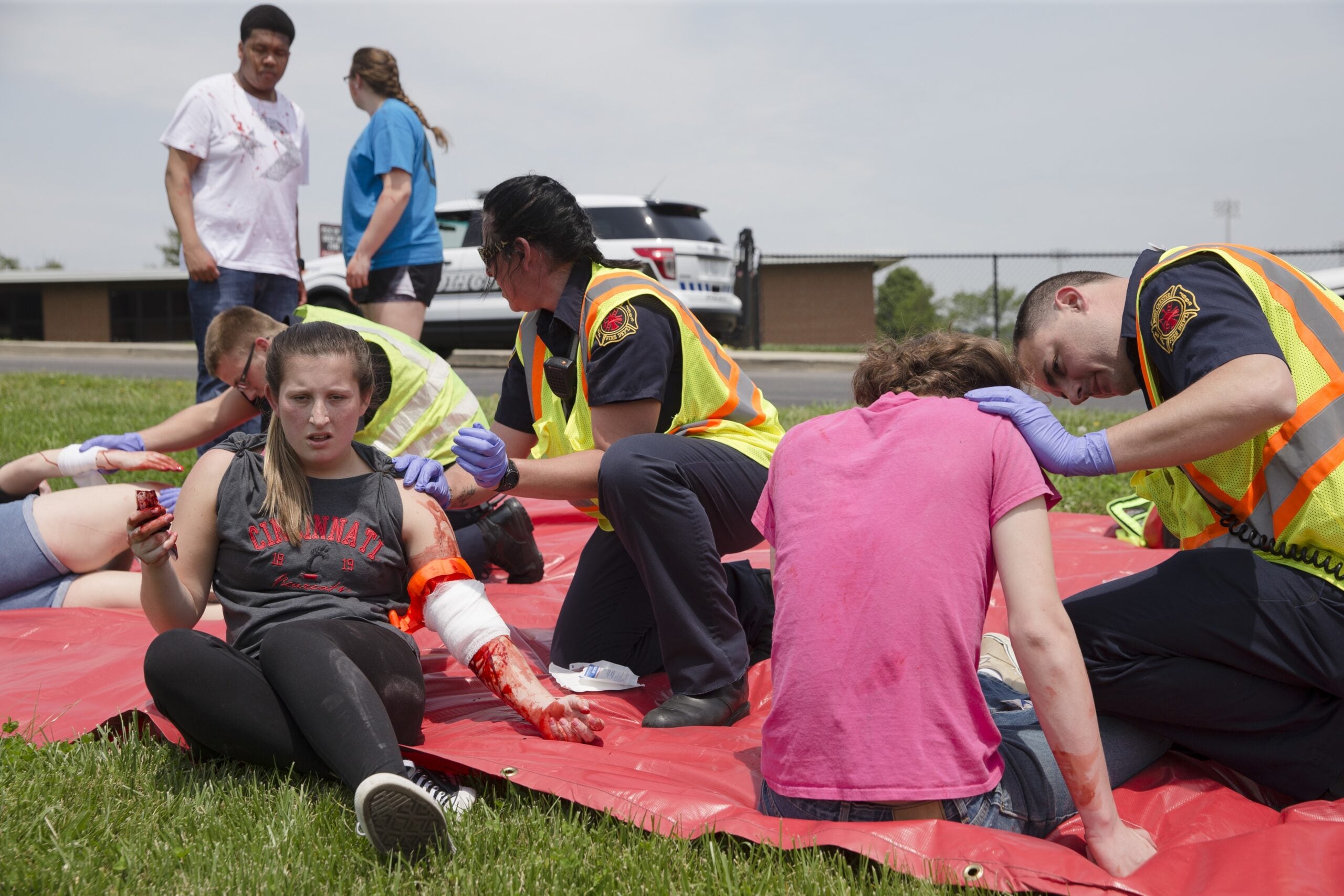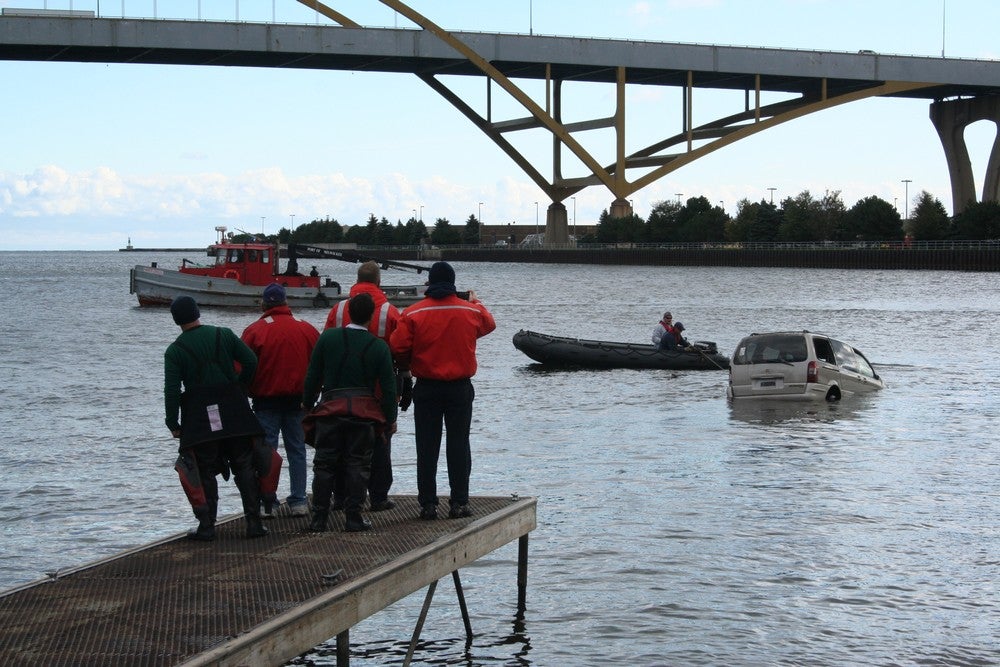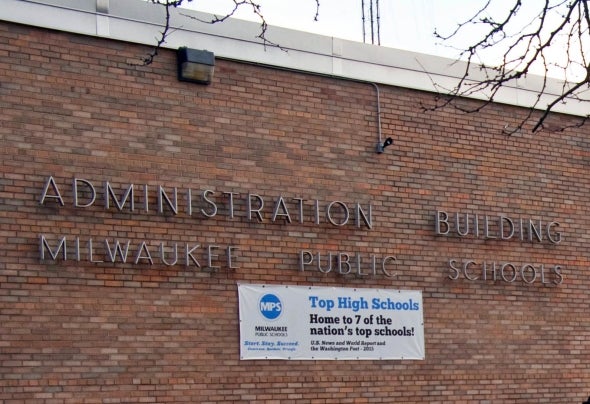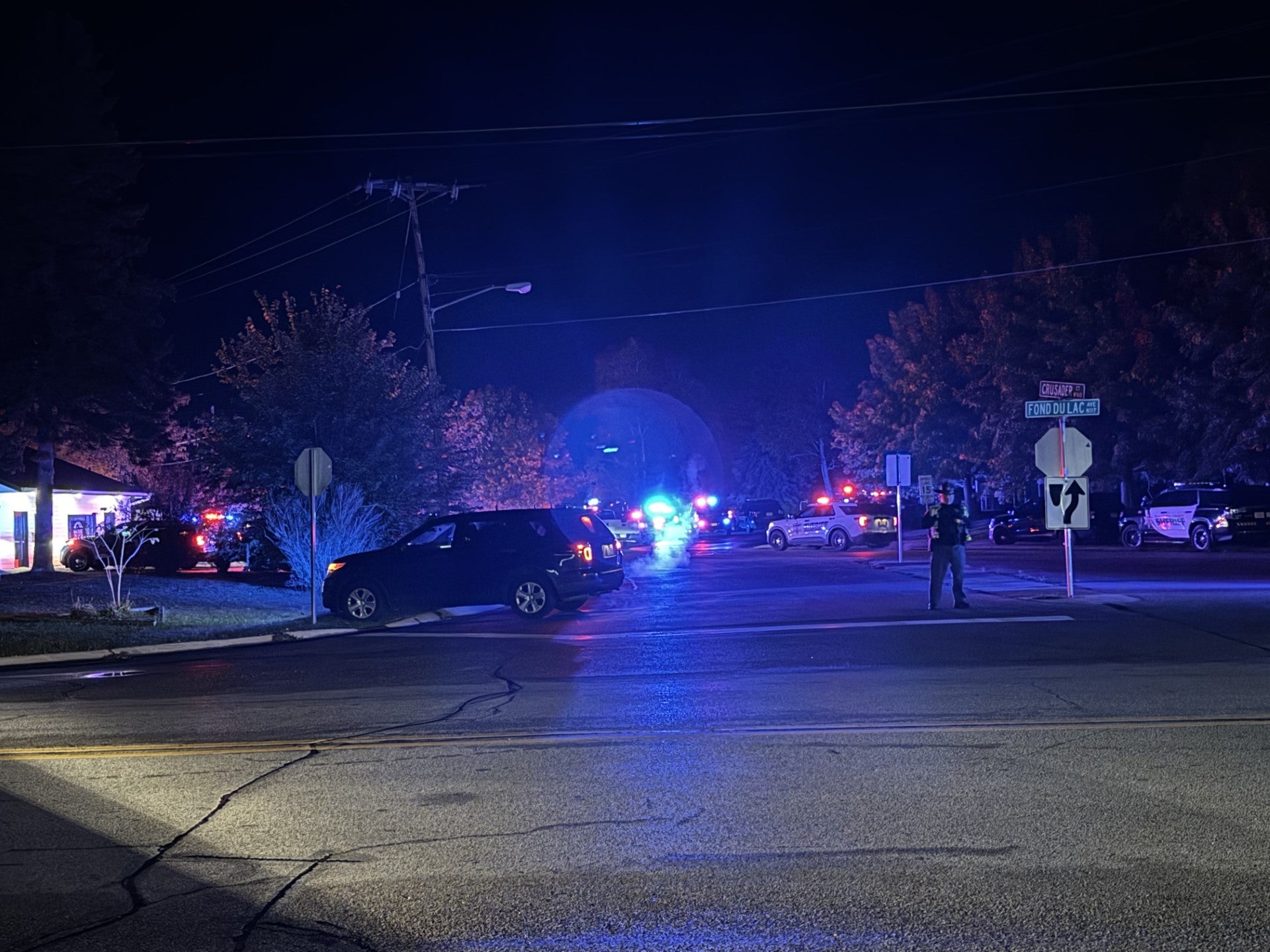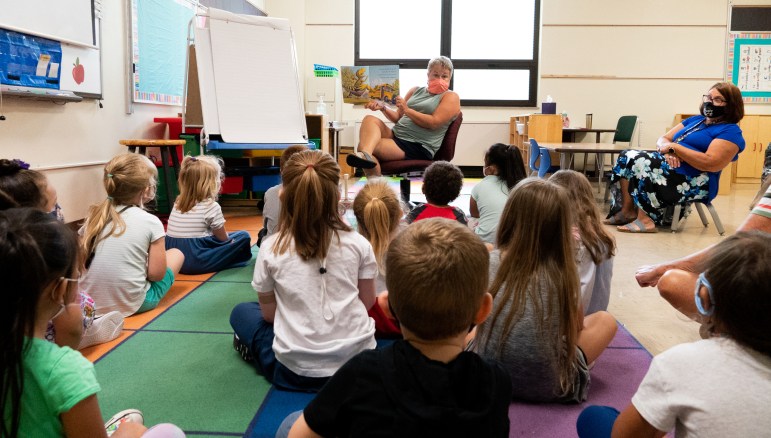Each Wisconsin school year comes with a series of drills that are required by law to prepare teachers and students for the possibility of fire, tornadoes and active shooters or other safety threats.
The procedures that schools use to lock down against threats inside the school or to lock out threats inside are at odds with many of the best practices to stop another threat: COVID-19. Teachers close and lock windows and doors that, weather permitting, are used to circulate fresh air into classrooms. Classes gather together in a part of the classroom farthest from windows or doors, rather than spacing themselves as far apart as possible.
When schools go through their safety drills, though, they don’t necessarily have to go through all of those steps. And with COVID-19 concerns, some are choosing not to.
Stay informed on the latest news
Sign up for WPR’s email newsletter.
“The guidance is that, ‘Hey, we understand that you have a lot on your plate, we just want you to achieve the goals of the drill,’” said Kristen Devitt, director of the Office of School Safety at the Wisconsin Department of Justice. “Don’t feel like you have to go through this huge drill that you might have done prior to COVID, that the law allows for these adjustments.”
Under the statute, schools don’t have to drill all students at the same time. They could do half a school at a time, for example, to allow for more social distancing. They also don’t have to mimic everything students and teachers would do in the case of an actual threat. They can explain it, and walk through the procedures.
“Whatever’s going to be easiest to achieve but still make sure that the message is getting out there to the students, is what we’re in support of,” said Devitt. “We certainly don’t want to give schools additional stress, recognizing that the past couple of years have been incredibly stressful on teachers and administrators.”
At the Stevens Point Area School District, it was a combination of COVID-19 concerns and growing evidence that active shooter drills can be traumatizing to students that prompted a shift.
“What we have found previous to COVID as well, was some of those drills can feel really traumatic for students, especially our younger students,” said Sarah O’Donnell, communications director at Point Schools. “We do have a response system that has a very loud alert that’s used only in the most extreme cases, so hearing that sound puts you in that heightened state, and it can be very difficult to go back to learning after that.”
This year, Point Schools are making those school safety drills, which usually take place in October or November, more about preparing kids without going through every motion that would be necessary with a real threat, O’Donnell said.
“Instead of trying to have those really close contacts, we’re looking to just kind of talk through that, walk through that,” she said. “We’ve really tried to make these more of a discussion, while still making sure that we’re meeting guidelines and we are drilling those proper responses.”
Devitt said it’s important to keep in mind that safety drills aren’t always about active shooters despite the more headline-grabbing incidents of schools where drills incorporate fake gunfire and other elements that can be especially difficult for children with a previous history of trauma.
“School safety can be about a health hazard, a gas leak, it can be about a variety of different things, all of which can potentially be scary but don’t have to be traumatic,” she said.
A key part of preparing for safety concerns is also preparing families and parents. In Stevens Point, the district sends a flyer to families outlining the different terms, such as lockdowns versus lockouts, what an evacuation looks like versus sheltering in place, and trying to preemptively answer questions.
“We want families to talk through that,” O’Donnell said. “We want to really build that common language, so that if we need to utilize or move into one of those states, everyone understands what’s happening in schools.”
Wisconsin Public Radio, © Copyright 2024, Board of Regents of the University of Wisconsin System and Wisconsin Educational Communications Board.

